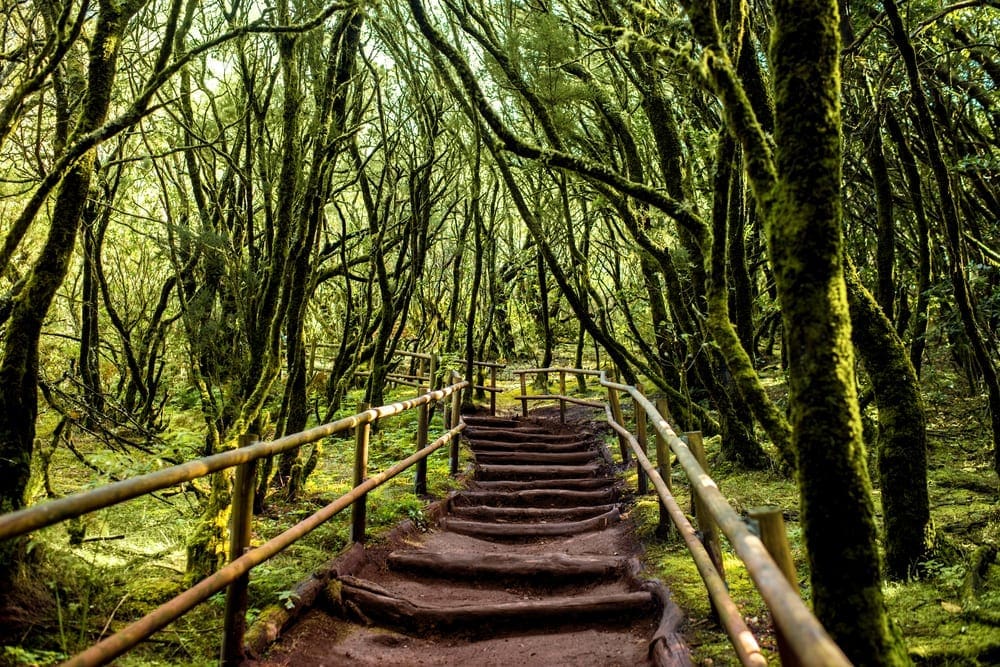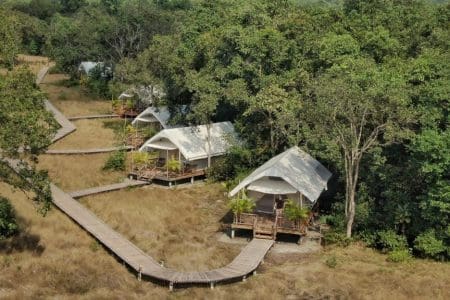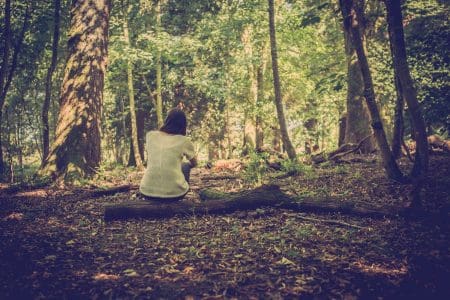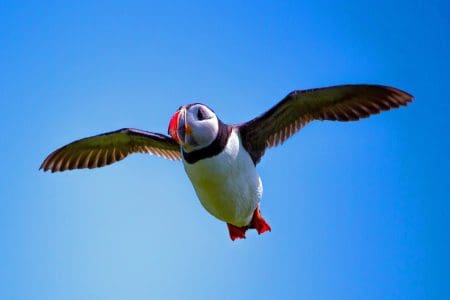The Canary Island’s bird songs are like music to your ears, making this the best time to visit.
If you love nature, you can’t miss La Gomera. As soon as you arrive, you’ll feel the magic of the place as it surrounds you. Keep looking and you’ll learn this energy is real. And if you listen closely, you’ll hear the beautiful chorus of La Gomera’s wildlife, especially its birds.
While the second smallest Canary Island dazzles visitors with its stunning beaches, volcanic mountains and the most beautiful natural parks in Europe, it’s also a privileged place for birdwatching, thanks to its six IBAs (Important Bird Areas).
Birdwatching requires minimal equipment and patience, and it’s a popular activity in the field of ecotourism. The pastime also aids in the conservation of birds and their natural habitat.

At night, you can have a front row seat to nature’s concert in the mountains and hear the song of pardelas — Cory’s Shearwaters — as they fly high above the thick jungle of Garajonay National Park, a UNESCO World Heritage Site. Closer to the coast, the calls of shearwaters echo against the rock face of Los Organos, a natural monument resembling a church organ that rises 80 metres above sea level.
Cory’s Shearwaters spend most of their lives far out at sea feeding on small fish, but they also travel inland, singing along the way to locate their nests as their young respond with fainter chirps.
Right now is the best time of the year to visit La Gomera as the shearwaters hatch their eggs before migrating to Brazil. After two years, the birds return to mate and lay their eggs again. This time of year is also when the baby birds are learning to fly.
Unfortunately, street lights and other artificial lighting systems often confuse the shearwaters’ navigation and cause them to crash into obstacles. As a result, the government of La Gomera has announced the implementation of measures to prevent the fall of shearwaters due to the light impact in some public spaces.
Proposed measures include the reduction of power in the luminaries of public places, such as soccer fields or streetlights near coastal areas. In this way, the negative impact of lighting is reduced. These measures, done in coordination with the municipalities of Alajeró, San Sebastián and Valle Gran Rey, coincide with the breeding period of shearwaters when the presence of specimens in these areas peak. The dim lights also contribute to the magical atmosphere of the island, which is world-renowned as a stargazing destination.
As well as shearwaters, there are many other bird species to admire in La Gomera. And with the island hosting 5 Special Protection Areas (SPAs), 25 Special Areas of Conservations (SACs) and 17 sites belonging to the Canary Islands’ own network of Protected Nature Sites, the enchanting songs of La Gomera’s birds sound like music to your ears no matter where you are.
For more information, please visit La Gomera’s official website.



